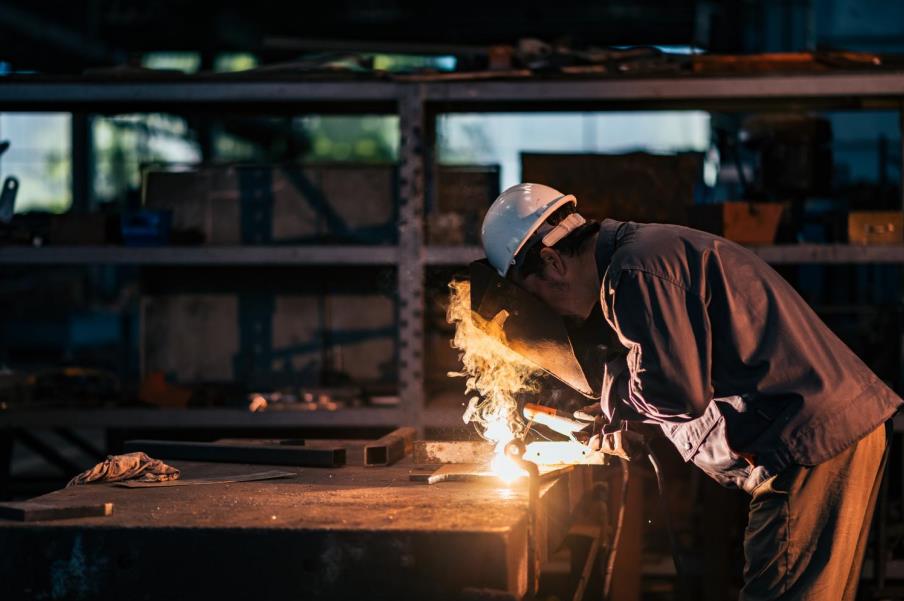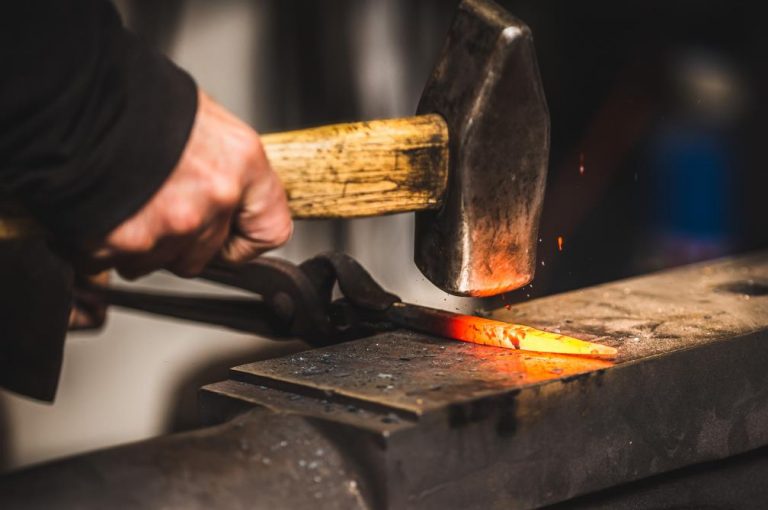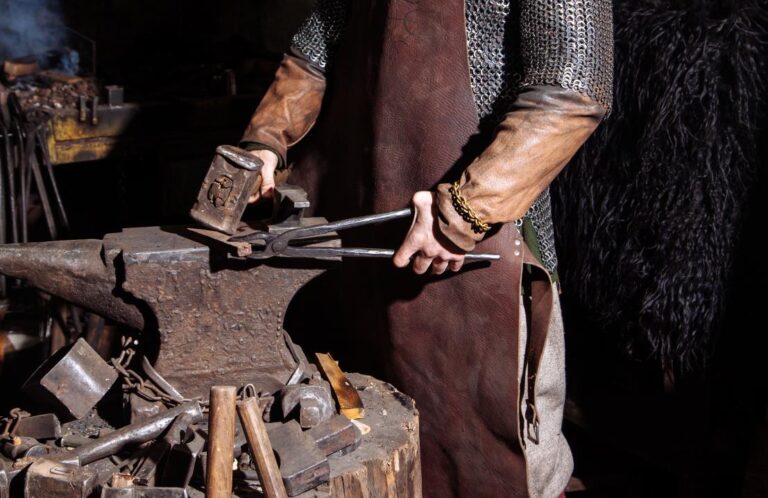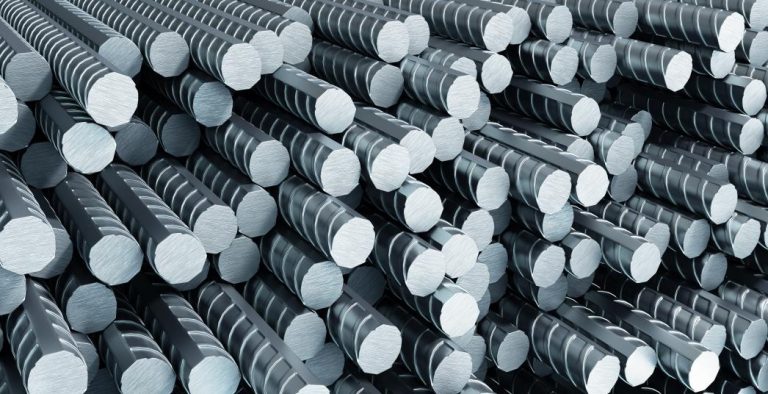3Cr13 is Chinese-made steel suitable for making kitchen knives of low caliber. It’s a budget option for users needing durability and rust resistance above all else.
Despite many seeing it as low-grade stainless steel, it can be an ideal pick for some knife stores. 3Cr13 has favorable traits that fit the budget and needs of home cooks. Overall, a reliable choice for knife stores targeting home cooks looking for a simple blade at an affordable price.
We’ll review 3Cr13 steel in this article, covering everything you need to know, from its composition to properties. Read the rest to find out if it makes a good product to sell in your store.
3Cr13 steel composition
- Carbon (C): 0.26 to 0.35%
- Chromium (Cr): 12.00 to 14.00%
- Manganese (Mn): 1.00%
- Silicon (Si): 1.00%
- Nickel (Ni): 0.60%
3Cr13 steel characteristics
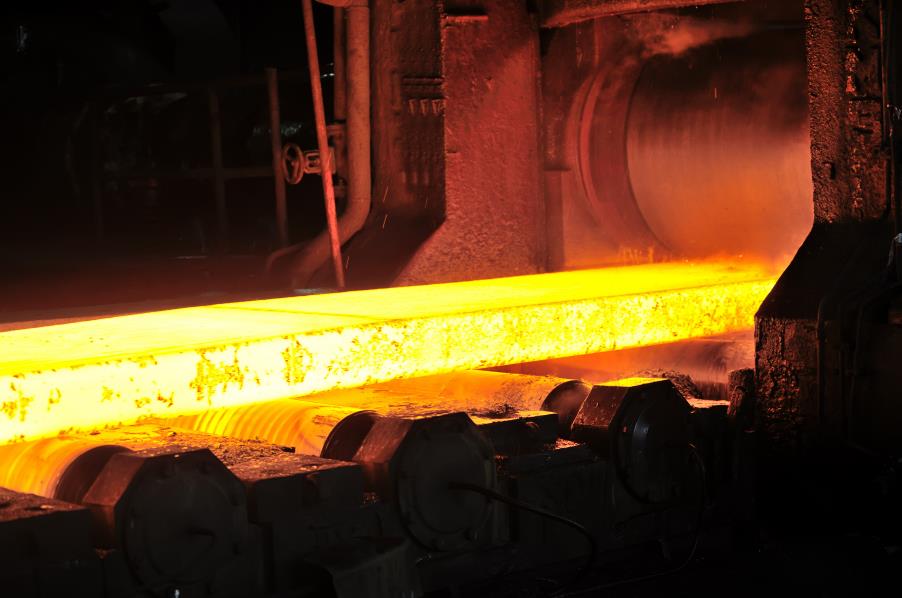
It’s easy for a metallurgist to figure out the properties of 3Cr13 by looking at its composition. Assuming you’re not – here are the features 3Cr13 Chinese knife steel gives to knife blades.
Hardness
3Cr13 is a low carbon, high chromium steel. A simple look at its composition is enough to lower expectations on hardness.
Although chromium in large amounts can help with hardness, it requires more carbon than 3Cr13 has to achieve anything higher. 3Cr13 steel has an average hardness of 53 to 55 HRc with all the alloying elements that contribute add to its hardness. This hardness per the Rockwell hardness scale classifies it as soft-to-medium hard steel.
The exact hardness of 3Cr13 depends on heat treatment. If you plan to sell 3Cr13 knives at a specific hardness within the given range, your supplier shouldn’t have problems. An experienced knife manufacturer always knows the optimal hardness for the product’s purpose, delivering the best outcome.
Contact us with questions about any knife steel used for our wholesale products.
Buy Wholesale Knives and Start Scaling up with Us Today
Contact us and connect with a sales rep to get a free quote.
Edge retention
At the hardness of 3Cr13, it’s challenging to get great edge retention compared to high-end knife steels or even lower-grade alternatives. It doesn’t have satisfying edge retention that puts smiles on frequent users, but certainly not the worst. There is plenty of other knife steel with mediocre edge retention compared to 3Cr13.
Under regular use, 3Cr13 will have a noticeable drop in sharpness. Your customers can witness this even after a single session of use. Still, it’s a blade material that gets very sharp and honed easily. Recommend your customers to keep a honing rod nearby for 3Cr13 knives. It’s a fast way to extend their sharpness.
3Cr13’s low hardness and wear resistance are the top reasons honing restores its sharpness quickly. This is a favorable trait that keeps actual sharpening with a whetstone away. However, it can be a downside to users looking for increased wear resistance for other reasons.
Wear resistance
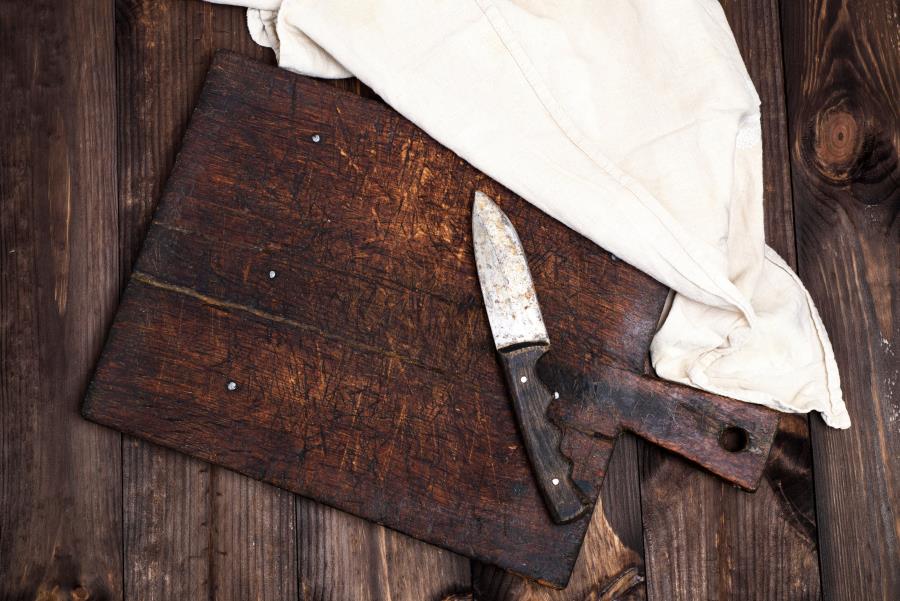
The wear resistance of 3Cr13 isn’t at a worthy level. Detecting scratches and other marks on the blade due to abrasion after a few days of use is expected. A 3Cr13 knife that undergoes regular use will develop small lines of scratches. That said, buyers expecting a shiny blade after months of use will be disappointed.
While the low wear resistance can make the knife susceptible to scratches, it has some benefits. When the knife demands sharpening, it won’t take much effort or time to give what it needs. 3Cr13’s low wear resistance makes it effortless to sharpen.
Easy sharpening as a by-product of low wear resistance is a good attribute considering the edge retention users get from 3Cr13 knives.
Toughness
3Cr13 has optimal toughness for many applications in the knife industry. The knives made from this steel won’t chip or break, whether in the kitchen or outdoors. It’s incredibly impact-resistant that takes robust cutting needs without a flinch.
However, 3Cr13 not being hard steel makes it more flexible than users might expect. When cutting dense objects by stabbing or piercing, it’s likely to bend. This can make it challenging to fulfill certain cutting needs.
In a kitchen environment, however, 3Cr13’s toughness will be more than adequate. Aggressively cutting with the knife won’t cause chips. In addition to its low hardness making it tough, manganese and nickel boost the strength of 3Cr13 steel.
Rust resistance
Perhaps the best of 3Cr13 is its ability to fend off rust. The high chromium content in 3Cr13 steel proportional to low carbon enables it to have excellent corrosion resistance. 3Cr13 will keep a smooth blade free from oxidation even in unfavorable conditions for most steel.
This trait of 3Cr13 steel makes it highly favorable to kitchen knives. It could also benefit users looking for a highly corrosion-resistant outdoor knife. However, its other properties deem it unsuitable.
3Cr13 steel essentially produces a carefree knife blade. It doesn’t need oiling when storing or drying immediately after use. Your customers won’t complain about rust or other oxidation forms whatsoever.
3Cr13 vs. other steel
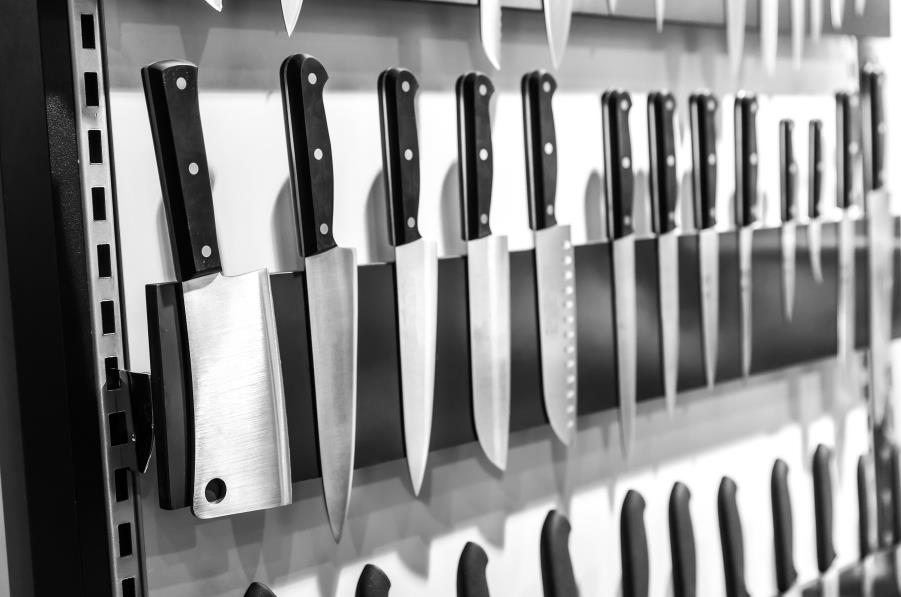
Similar steel to 3Cr13 can fill the gap it doesn’t reach. Here are the three best alternatives to 3Cr13 knife steel.
3Cr13 vs. 420 steel
3Cr13 and 420 steels have comparable amounts of carbon, chromium, manganese, and silicon. 420 steel lacks the nickel 3Cr13 has, which increases hardenability.
Still, 420 steel’s hardness isn’t as high as 3Cr13 at 50 HRc. This difference enables 3Cr13 to have better edge retention though it isn’t all that great. 420 is one of the forgotten knife steels in today’s knifemaking that have better alternatives.
420 steel makes a durable yet very flexible blade. Cutting rigid objects or dense ingredients can be challenging for 420 steel knives.
Nonetheless, 420 steel can be a fair pick if you’re looking to present affordable products. Many knife manufacturers can supply products made from 420 steel at affordable prices, sometimes even less than 3Cr13.
3Cr13 vs. 440A steel
440A steel’s composition is almost identical to 3Cr13. The alloying elements are the same, but the amounts vary. 440A has more carbon and chromium than 3Cr13 but less manganese and silicon. Both have the same amount of nickel.
440A steel is much harder, thanks to the higher carbon and chromium content. The difference in the hardness enables 440A to achieve better wear resistance and edge retention. If you’re looking to sell products with superior cutting capabilities, 440A is an option to consider.
The edge retention and wear resistance are the only two features 440A delivers more than 3Cr13. It doesn’t have the same performance in toughness, corrosion resistance, and sharpening ease. These are where you can put a distinction between 440A and 3Cr13 products.
3Cr13 vs. 5Cr15MoV steel
5Cr15MoV is the Chinese equivalent of the famous X50CrMoV15 German knife steel used by many knife brands. 3Cr13 has better corrosion resistance and can be tougher than 5Cr15MoV. However, these aren’t at a noticeable degree in the knife world.
As a knife material, 5Cr15MoV is just as corrosion-resistant and durable as 3Cr13. Additionally, 5Cr15MoV gives these features to knives at the expense of nothing. It holds a better edge than 3Cr13 and can get sharper.
The only advantage to choosing 3Cr13 over 5Cr15MoV would be the cost. 3Cr13 knives are more affordable to supply than 5Cr15MoV, making them more budget-friendly – as it’s the primary use of 3Cr13.
Buy Wholesale Knives and Start Scaling up with Us Today
Contact us and connect with a sales rep to get a free quote.
Conclusion: is 3Cr13 a good steel choice for your knife store?
As with any other knife steel, whether or not 3Cr13 can make a satisfying product depends on your target customers. 3Cr13 can make an ideal knife blade material if your store mainly sells to home cooks. It makes a convenient vegetable or utility knife that keeps rust at bay.
3Cr13 isn’t the best steel choice for kitchen knives that get multi-purpose use, like chef’s knives or the Japanese Gyuto. These are due to 3Cr13 lack of holding a sharp cutting edge for long periods.
The knives made from this steel are also not great for outdoor use. It will surely withstand the impact of cutting dense objects, like wood, but won’t continue for long. 3Cr13 knives can dull quickly, making them useless.
Nonetheless, 3Cr13 is an acceptable pick for the uses it fits. By selecting the better alternatives over it, you can offer your customers overall better products at a slightly higher price.
LeeKnives uses all kinds of steels that fit every customer profile’s needs and preferences. Get in touch with us about your outsourcing needs for your knife store, and we’ll help you improve the quality of your products at a reasonable price. Click here to request a quote.
